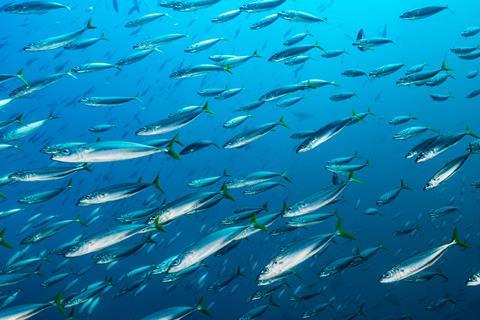
The Marine Conservation Society has warned businesses against sourcing mackerel caught by midwater trawl in the northeast Atlantic.
In the latest update to its Good Fish Guide, it reveals that northeast Atlantic mackerel has been overfished by an average of 23% over the last four years.
The Good Fish Guide is the charity’s tool for identifying sustainable seafood, using a traffic light system for consumers, and a one to five scale for businesses.
The system colour-codes each rating depending on where and how a species is caught or farmed: green (ratings one or two) for the “Best Choice” options, amber (ratings three or four) for improvements needed, and red (rating five) for “Fish to Avoid”.
MCS recommends businesses, including restaurants and supermarkets, stock only seafood rated one to three.
In the guide, ratings for mackerel have moved further down the sustainability scale, which sees northeast Atlantic mackerel caught by midwater trawl move from a three to a four.
Mackerel caught in this way in the northeast Atlantic makes up most of what supermarkets and restaurants sell. Mackerel caught in the northeast Atlantic by hook and line has also dropped from a two to a three.
“It’s deeply concerning to see a source of seafood that was once a sustainable choice in such decline,” said Alice Moore, Good Fish Guide manager at the MCS. “Mackerel is under immense pressure from fishing activities across multiple nations, and the stock will soon be no longer able to sustain itself.”
The charity has warned that while some management measures are in place for northeast Atlantic mackerel, enforcement has remained insufficient.
Read more: Conservationists will appeal High Court judgment on overfishing
Countries including Norway, Iceland, the Faroe Islands and the UK all fish this stock, but there was no unified management plan to prevent overfishing across the entire fishery, it said.
MCS has said all parties need to work together to develop an appropriate strategy that leads to a recovery of the stock, as there is currently no agreement on how to share quotas out between the countries.
Catch limits set by all parties had consistently exceeded scientifically recommended levels between 5% and 80% since 2009, the charity said, with an average 39% higher than scientific advice. Although actual catches have fallen below limits, on average levels were still exceeded by an average of 23%.
“We’re witnessing a steady decline in numbers, and they are nearing a breaking point,” added Moore. “Immediate action must be taken by the UK government to work with other nations to align catch limits with scientific advice.”
As a more sustainable alternative to mackerel, the charity recommended herring from the North Sea and eastern English Channel, or sardines from Cornwall certified by the Marine Stewardship Council.
Other notable movements on the Good Fish Guide see monkfish caught in the North Sea move from amber to green and blue marlin move off the red list, from a five to four, due to a slight improvement in fishing pressure. Farmed ratings reviewed remained the same, with certified responsibly produced basa and tilapia remaining green rated, and farmed bluefin tuna remaining red rated.

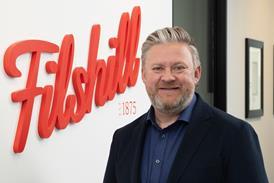

![XOXO-Product-Shot[ALL FLAVOUR]-Sky-1920x1080](https://dmrqkbkq8el9i.cloudfront.net/Pictures/274x183/4/9/2/355492_xoxoproductshotallflavoursky1920x1080_806584_crop.jpg)
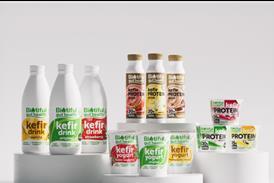
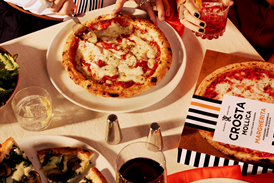
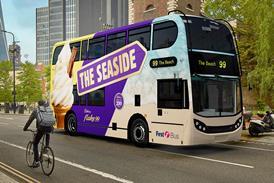


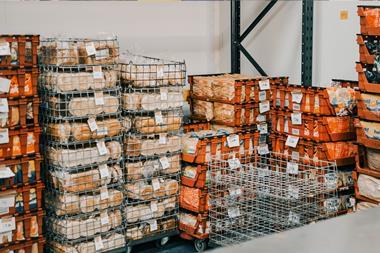
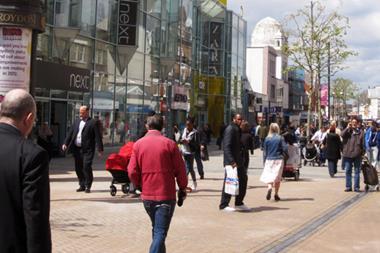
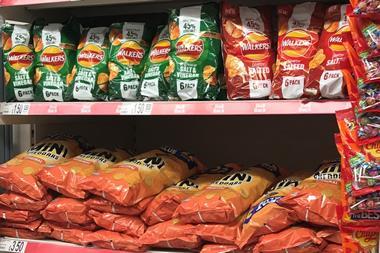
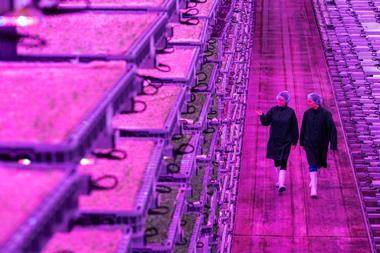

![XOXO-Product-Shot[ALL FLAVOUR]-Sky-1920x1080](https://dmrqkbkq8el9i.cloudfront.net/Pictures/380x253/4/9/2/355492_xoxoproductshotallflavoursky1920x1080_806584_crop.jpg)
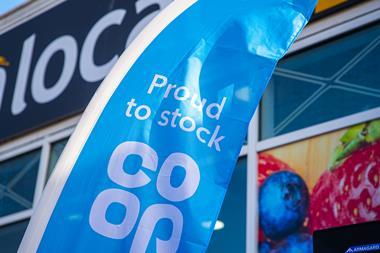

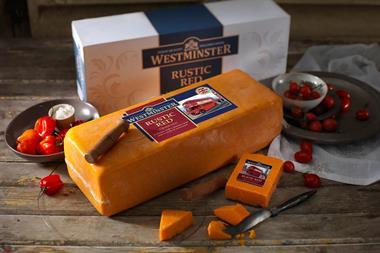
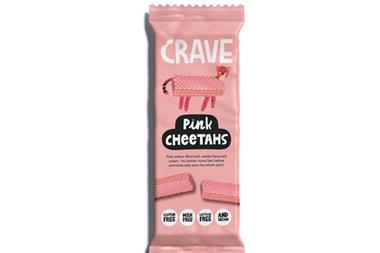
No comments yet